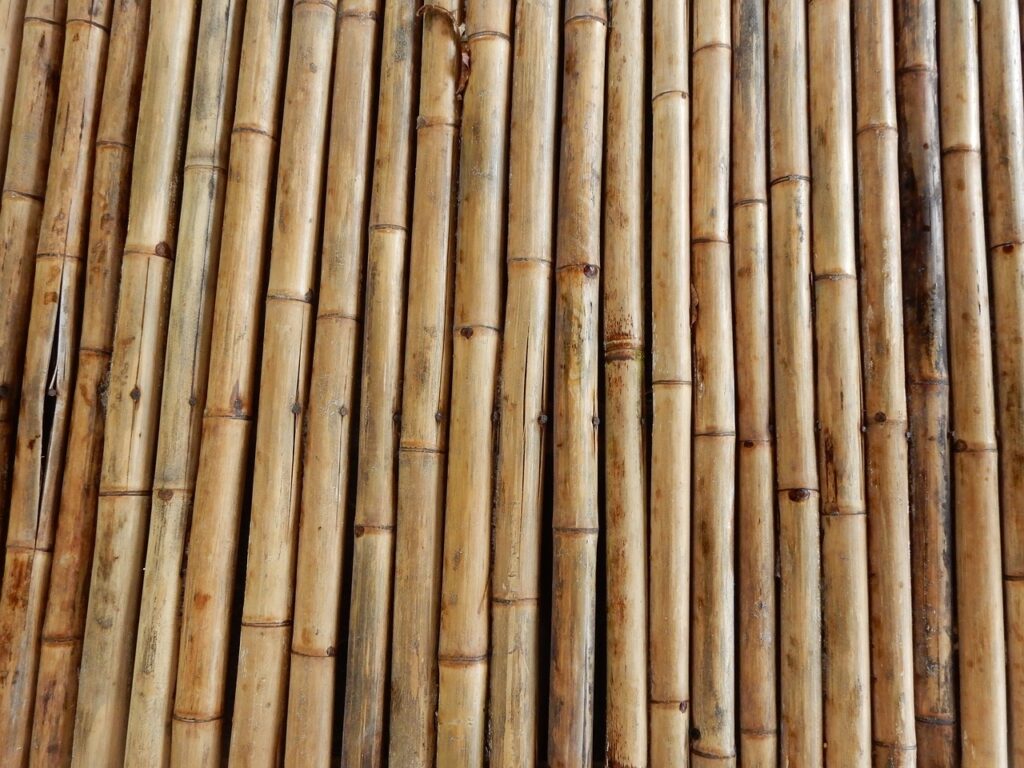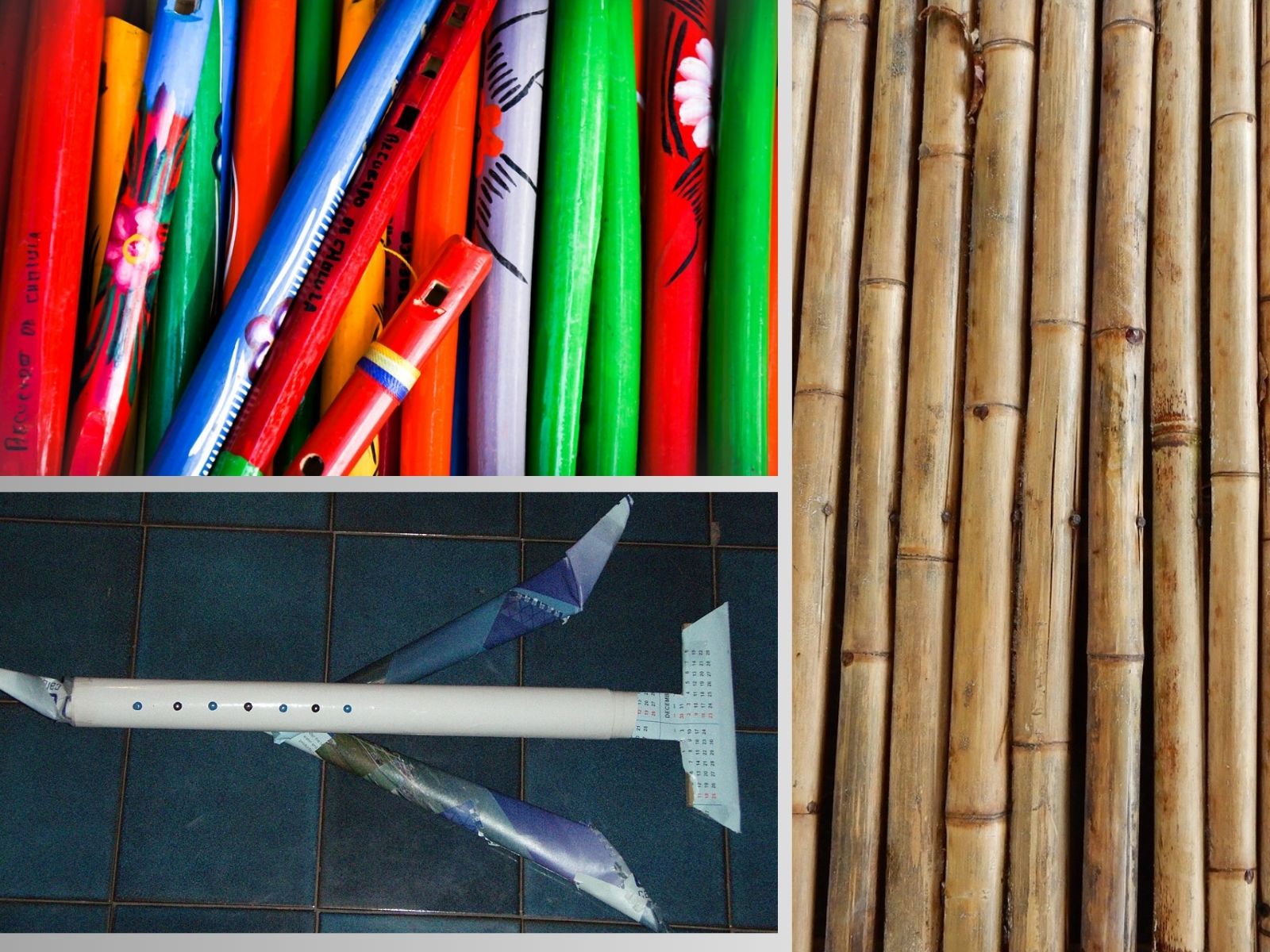Listening to the sound of the flute feels good. Nowadays, people buy flutes from the market, but what if we make our flutes at home? It is a creative experience you must try! If you are looking for how to make a flute at home, you are in luck!
This article will help you explore three different methods to make a flute at home without spending any money.
Before we start using these methods, flutes are traditionally made from common daily used materials like bamboo, wood, or metal. Flutes are an instrument that sounds very good when the wind blows through their openings. As we are making a DIY flute at home, we will use common materials like PVC pipes and drinking straws without any waste of time.
Method 1: Bamboo Flute
Bamboo is one of the common materials that is used to make a flute at home. Known for its best quality as bamboo has a natural hollow structure, I consider bamboo an excellent choice for DIY flute making at home.
Materials Needed:
- A bamboo stem (straight and dry)
- A sharp knife or saw
- Sandpaper
- Cloth for polishing
Steps:
- To make a flute at home, you need a bamboo stem with a diameter of about 1 to 2 inches and a length of at least 18 inches.
- Since bamboo is a hard stem, you must use a sharp knife or saw to cut the bamboo stem lengthwise to create an opening. This will create the origin of the sound of the flute.
- To make a perfect traditional bamboo flute at home, you must mark and measure the positions of the finger holes to produce a beautiful note. Traditionally, six-finger holes are drilled, but you can adjust those holes as you wish.
- Carefully drill holes into the bamboo where you have already marked. Use a small drill to make the holes.
- Bamboo is a rough stem with rough edges, so using sandpaper, you should smooth out the rough edges for a comfortable grip and smooth airflow for a melodious sound.
- ‘Beauty lies in itself,’ so now to enhance the beauty of our homemade flute, you must polish it with a soft clean cloth.

Method 2: PVC Pipe Flute
For those who don’t want to make a flute at home with bamboo pipes, another choice is making a flute at home with PVC pipes. PVC pipes are very affordable and commonly found in every house. Traditional flutes can also have a modern twist with PVC pipe flutes.
Materials Needed:
- PVC pipe (1 inch in diameter, around 18 inches in length)
- Hacksaw or PVC cutter
- Sandpaper
- Heat source (stove or candle)
- Cloth for polishing
Steps:
- A perfect flute should have the perfect measurement; the desired length should be around 18 inches.
- To make a flute at home, use a hacksaw or PVC cutter to cut the pipe to the desired length.
- The mouthpiece is the most important part of the flute. To create the mouthpiece of the flute at home, heat one end of the pipe over the flame until it becomes pliable. Then shape the mouthpiece using your fingers.
- Mark and measure the positions of the finger holes on the PVC pipes.
- Create the finger holes in the marked positions with a drill machine, or if you do not have one, heat a metal rod to make the holes.
- Smooth out any rough edges and surfaces using sandpaper.
- Polish the flute with a clean soft cloth to give it a beautiful sleek finish.

Method 3: Straw Flute
For a whimsical and playful take on making a flute at home, ordinary drinking straws can be transformed into delightful musical instruments. This method is perfect for quick and easy DIY projects, especially for beginners or children.
Materials Needed:
- Drinking straws (plastic or paper)
- Scissors
- Adhesive tape
- Pen or pencil
- Optional: decorative materials for embellishment
Steps:
- Select several drinking straws of equal length. Plastic straws offer durability, while paper straws provide a more eco-friendly option.
- Cut the straws to different lengths to create a range of musical notes. Longer straws produce lower pitches, while shorter straws produce higher pitches.
- Arrange the cut straws in order of length, with the shortest at the top and the longest at the bottom.
- Use adhesive tape to secure the straws together, ensuring they are aligned evenly.
- Create the mouthpiece by folding it over one end of the top straw and securing it with tape. This will serve as the blowing end of the flute.
- Using a pen or pencil, carefully poke holes along the length of each straw to represent the finger holes.
- Test the flute by blowing gently into the mouthpiece and covering and uncovering the finger holes to produce different notes.
- Optionally, decorate the flute with colourful tape, stickers, or paint to personalize your creation.

Tips for Flute-Making Success
- Choose materials carefully.
- don’t rush yourself and pay attention to every detail.
- Experiment with different designs and decorations.
Difficulty of Playing the Flute
While mastering any musical instrument requires dedication, the flute offers a gentle learning curve compared to some instruments. Let’s delve into the factors that influence the difficulty of playing the flute.
Time Required to Learn the Flute
The time it takes to learn the flute varies depending on various factors. Let’s explore how long it typically takes to become proficient in playing the flute.
Comparison of Methods
Each method has its pros and cons. Bamboo flutes offer a traditional sound but require more skill to make. PVC pipe flutes are durable and easy to work with, while straw flutes are simple and fun for beginners.
Conclusion
Making a flute at home is a fun and creative way to explore your musical talents. With just a few simple materials and some patience, you can make a flute at home that will bring joy to your life.
FAQs
Is it difficult to make a flute at home?
While it requires some skill and patience, making a flute at home is achievable for most people.
Can I use other materials besides bamboo, PVC, or straws?
Yes, you can experiment with various materials, but these are the most common options for DIY flute-making at home.
How long does it take to make a flute at home?
The time varies depending on the method and your skill level, but it can take a few hours to a day to complete.
Can children make flutes at home?
Yes, with adult supervision and guidance, children can participate in flute-making projects at home.
Are homemade flutes as good as store-bought ones?
While homemade flutes may not have the same quality as professional instruments, they can still produce beautiful music and provide a sense of accomplishment.
for more articles: See This


I savor, result in I found exactly what I used to be taking a look for.
You hhave ended my four day lengthy hunt! God Bless you man. Have a great day.
Bye https://bandur-art.Blogspot.com/2024/08/the-ultimate-guide-to-no-mans-sky-mods.html